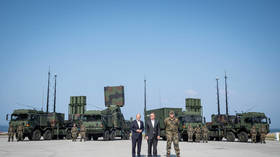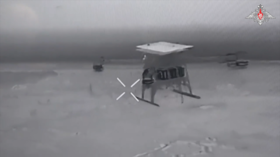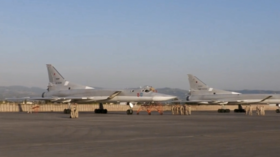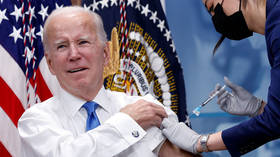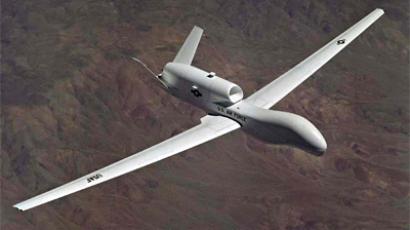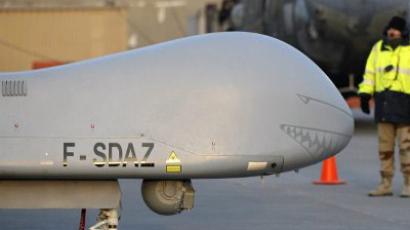Drone pilots on the edge of collapse
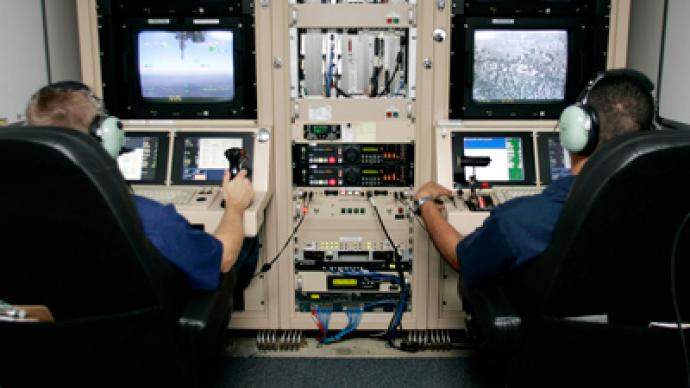
They say war is hell. Don’t believe it? Ask any of the US servicemen suffering from the battlefield blues, as a new study reveals that launching strikes overseas is overtly stressful, even from thousands of miles away from warzones.
According to new study released by the US Air Force, an overwhelming number of the pilots that command unmanned robotic drones from operation centers in America are suffering from intense stress, even if they are on the other side of the world from where their attacks are being carried out. With the US continuing drone strikes despite opposition from allies overseas such as Pakistan, the toll that the task of commanding the controversial crafts could be having on its pilots could be detrimental to the Department of Defense, who insists on pushing through with the program even with the end result including droves of dead civilians since the missions began.When quizzed by Air Force personnel to gauge their level of stress on a scale of 0-to-10, with 10 representing the most stress, 46 percent of pilots commanding Reaper and Predator drones say that their stress level meets or exceeds a standing of 8 points, according to the new study.Additionally among the findings is the fact that a smaller but significant number of pilots also suffer from what the Air Force describes as “clinical distress,” a condition which includes symptoms such as anxiety, depression and severe enough stress that job performance is impacted.Despite soldiers being subjected to work that brings on these conditions, the Department of Defense continues drone usage all over the world, with 57 American-led drones being in international skies at any given moment. A report issued earlier this year out of Britain’s Bureau of Investigative Journalism put the number of civilian casualties carried out by American drones in Pakistan alone to be at 400 since US operations began there, and in just the few months that the US involved itself in the Libyan uprising, the American military dispatched almost 150 airstrikes with drones, despite Congress never declaring a war. While troops thousands of miles away dispatched drones and fired missiles into the land beneath Libyan skies, now it is being revealed that an overwhelming number of the pilots put in charge of such missions were suffering from conditions that could impact their job performance.While the men and women that command the stealth aircraft are thousands of miles from the battlefields where bombs are dropped, the toll on their health can have consequences on Americans back home. Earlier this year RT reported that a computer virus made its way into the cockpits of drone aircraft dispatched from Creech Air Force Base in Nevada with pilots going weeks without being aware of it. Even more recently, the US managed to lose communication with two separate drones in a manner of two weeks, costing America upwards of not just $100 million in parts but a priceless toll on the nation’s security as Iranian authorities insist that they have decoded the top-secret technology onboard a recovered Sentinel RQ-170.As a cyber war sprouts between American and Iranian intelligence, Tehran is becoming aware of an extremely exploitable target in the US military. The Pentagon says that almost 30 percent of its drone pilots suffer from the military calls “burn out.” In their own follow up on the report, National Public Radio reports that a large majority of the pilots say that they are not getting any counseling for their increasing stress.Instead, the US is upping its drone operation. In the last decade the number of drones has grown from 50 to 7,000. At least half a dozen spy craft planes currently fly over America to conduct clandestine surveillance, and the FAA is working out plans to approve the drones for use among local law enforcement agencies.


